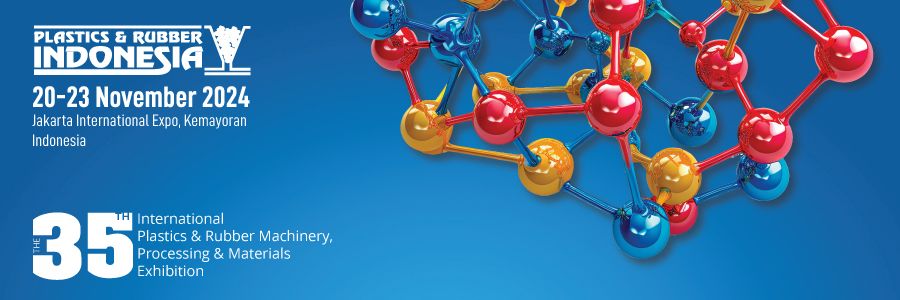The Evolution of Milk Bottle Production: A Look at Blow Moulding Techniques
Time:
2025-06-13
Introduction
Ever take a moment to ponder how that carton of milk ends up in your fridge? It's a journey that starts with innovative manufacturing processes. One of the stars of this show is the milk bottle blow mould with deflashin. This technique not only speeds up production but also ensures that every bottle is just right for your morning cereal. Buckle up, as we delve into the fascinating world of blow moulding!
What is Blow Moulding?
Blow moulding is a nifty manufacturing process that creates hollow plastic parts, and it’s especially popular in the production of bottles. The process starts with a heated tube of plastic, known as a parison, which is inflated into a mould, forming the desired shape. The magic really happens when we introduce the milk bottle blow mould with deflashin technique, which adds an extra layer of finesse.
Deflashin: The Unsung Hero
So, what’s deflashin, you ask? Great question! This process involves removing excess plastic—known as flash—left on the bottle after it’s moulded. Think of it as giving your milk bottles a little spa treatment. By ensuring that each bottle is smooth and free from imperfections, deflashin enhances both the aesthetic and functional quality of the bottles.
Why It Matters
Now, you might be wondering, "Why should I care about the blow moulding process?" Well, here’s the kicker: the quality of your milk bottle affects everything from shelf life to consumer safety. In simpler terms, a well-made bottle keeps your milk fresher for longer, which is a win-win for both producers and consumers. Plus, it plays a significant role in reducing waste—less flash means less plastic ending up in landfills!
The Process in a Nutshell
Let’s break down the steps involved in creating a milk bottle using this advanced blow moulding technique:
- Heating: The plastic resin is heated until it’s pliable.
- Forming: The heated parison is placed in a mould.
- Blowing: Air is pumped into the parison, expanding it to fit the mould.
- Cooling: The mould is cooled, solidifying the bottle shape.
- Deflashin: Excess plastic is trimmed away, leaving a polished finish.
Voila! In just a few steps, you’ve got yourself a high-quality milk bottle ready for packaging.
The Benefits of Using Milk Bottle Blow Mould with Deflashin
Okay, let’s get down to brass tacks. Why should manufacturers invest in the milk bottle blow mould with deflashin? Here are a few compelling reasons:
- Efficiency: The entire process is quick and minimizes production time.
- Cost-Effective: Less waste and fewer defects mean lower overall costs.
- Customization: Bottles can be tailored to meet specific branding needs.
- Eco-Friendly: Reduces plastic waste, helping the environment.
Future Trends in Blow Moulding
As technology evolves, so does the blow moulding process. New materials, automation, and enhanced techniques are on the horizon, promising even better results. The future looks bright for the milk bottle blow mould with deflashin, with innovations aimed at improving sustainability and efficiency.
Conclusion
In conclusion, the journey from plastic pellets to your refrigerator is a marvel of modern engineering. The milk bottle blow mould with deflashin is a key player, ensuring that your milk arrives fresh, safe, and ready for consumption. As we move forward, let’s keep an eye on how this technology continues to evolve—after all, the best is yet to come!
RELATED NEWS













